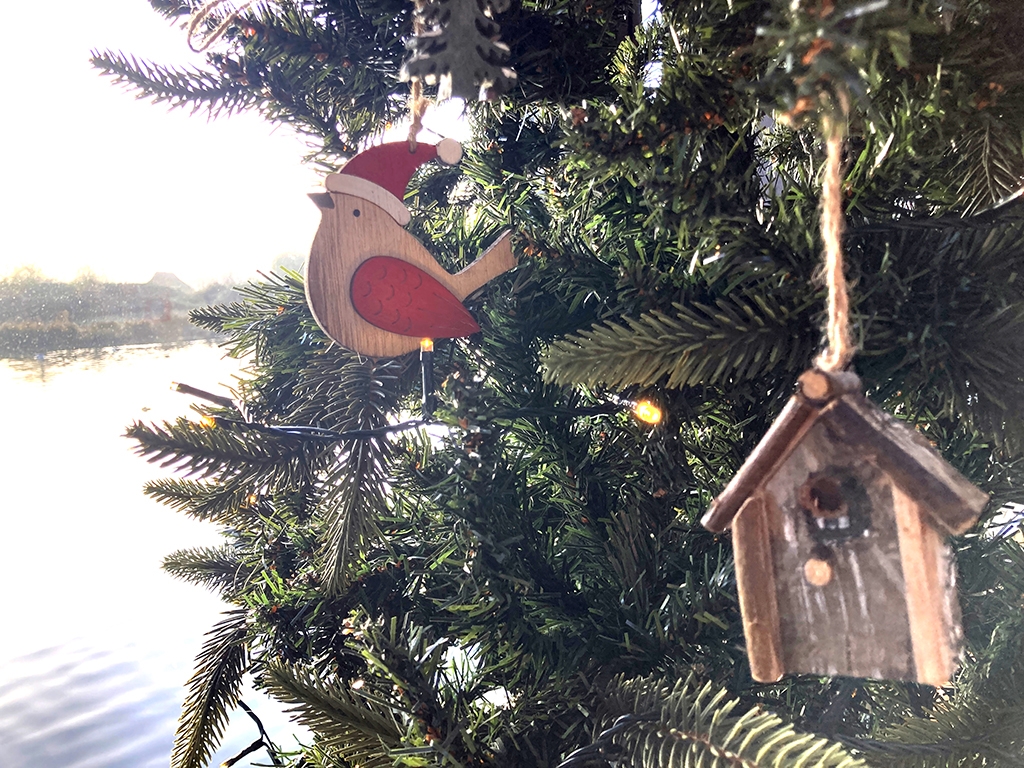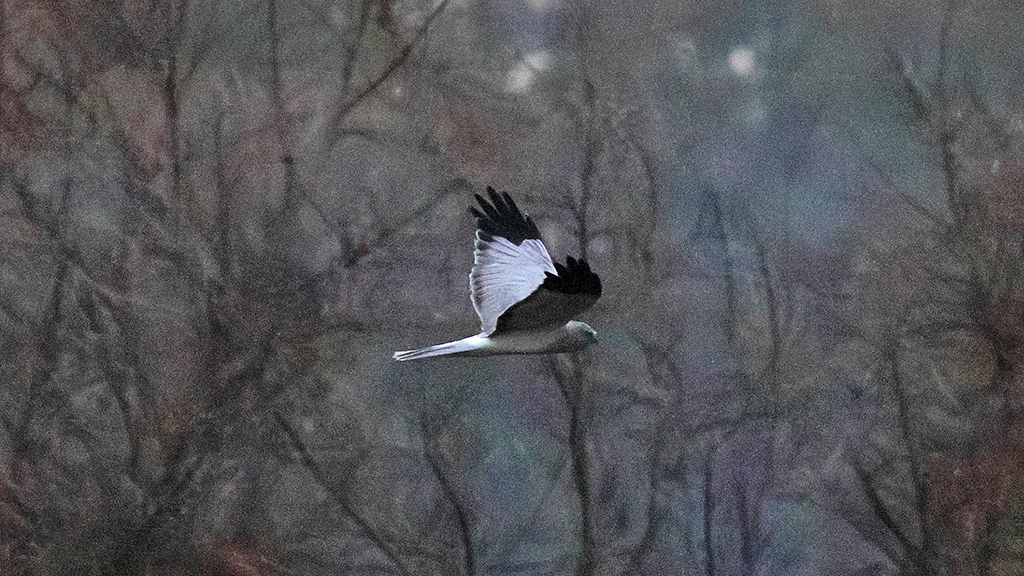Sand martins make a home in the Sir Peter Scott Sand Martin hide
The Sir Peter Scott Centenary Sand Martin Hide has its first pairs of sand martins in residence at WWT Arundel Wetland Centre.
Two pairs of sand martins moved into the unique artificial nesting bank over the busy Easter weekend.
The windows of the hide will be closed while the birds are nesting to limit noise from people in the bird hide that could disturb them.
“Our highest visitor numbers of the year were recorded over the Easter weekend but this didn’t put off the sand martins from moving in. Maybe noise won’t be as big an issue for them as we thought,” said Paul Stevens, WWT Arundel Grounds Manager.
On Saturday 23 April both pairs of sand martins were spotted hovering outside the pre-made, sand-filled nesting holes on the right side of the two winged hide.
On Sunday their interest shifted to the left side where they are now entering and leaving the same two individual nesting chambers.
“The sand martins have spent at least 30 minutes in these holes which leads me to think they are nesting, possibly already laying eggs,’’ said Paul Stevens.
The sand martins hollow out a space in the chamber sand, then line it with grass and feathers.
The four to five eggs they lay will take two weeks to hatch. They will raise two broods between May and September.
Behind each of the 300 nesting holes is a removable wooden door leading to a viewing area.
“Once the eggs have hatched we will open these small doors for a peek at the nest to see how the broods are progressing. I will have to be patient until then,” added Paul Stevens.
The Sir Peter Scott Centenary Sand Martin Hide opened in April 2010 in plenty of time to be investigated by the martins migrating to Africa last autumn.
“It was crucial that the martins see it on their autumn migration.’’
Research suggests that young sand martins search a 10-15 mile radius from existing colonies when looking for new nesting opportunities on their autumn migration.
“We hoped to attract sand martins looking to expand from colonies at Storrington and Washington,” said Paul Stevens.
Timeline
- Nov 2009 – construction begins on new hide to mark the centenary of WWT founder Sir Peter Scott, funded by public donations
- April 2010 – the Sir Peter Scott Centenary Sand Martin Hide opens to the public.
- September-October 2010 – sand martins spotted visiting the area of the hide on their autumn migration
- April 23, 2011 – first sand martins spotted investigating the nesting holes on the hide
- April 24, 2011 – two pairs sand martins seen leaving and entering specific nesting holes on the hide
Sand martin facts
- Sand martins often do not slow down to enter their chosen nest burrow but shoot in quickly.
- They lay 4-5 eggs that take two weeks to hatch and raise two broods a year.
- The young will generally return to the colony they were born in, only moving on when there are no more nesting sites in the colony or they have the urge to explore new sites.



